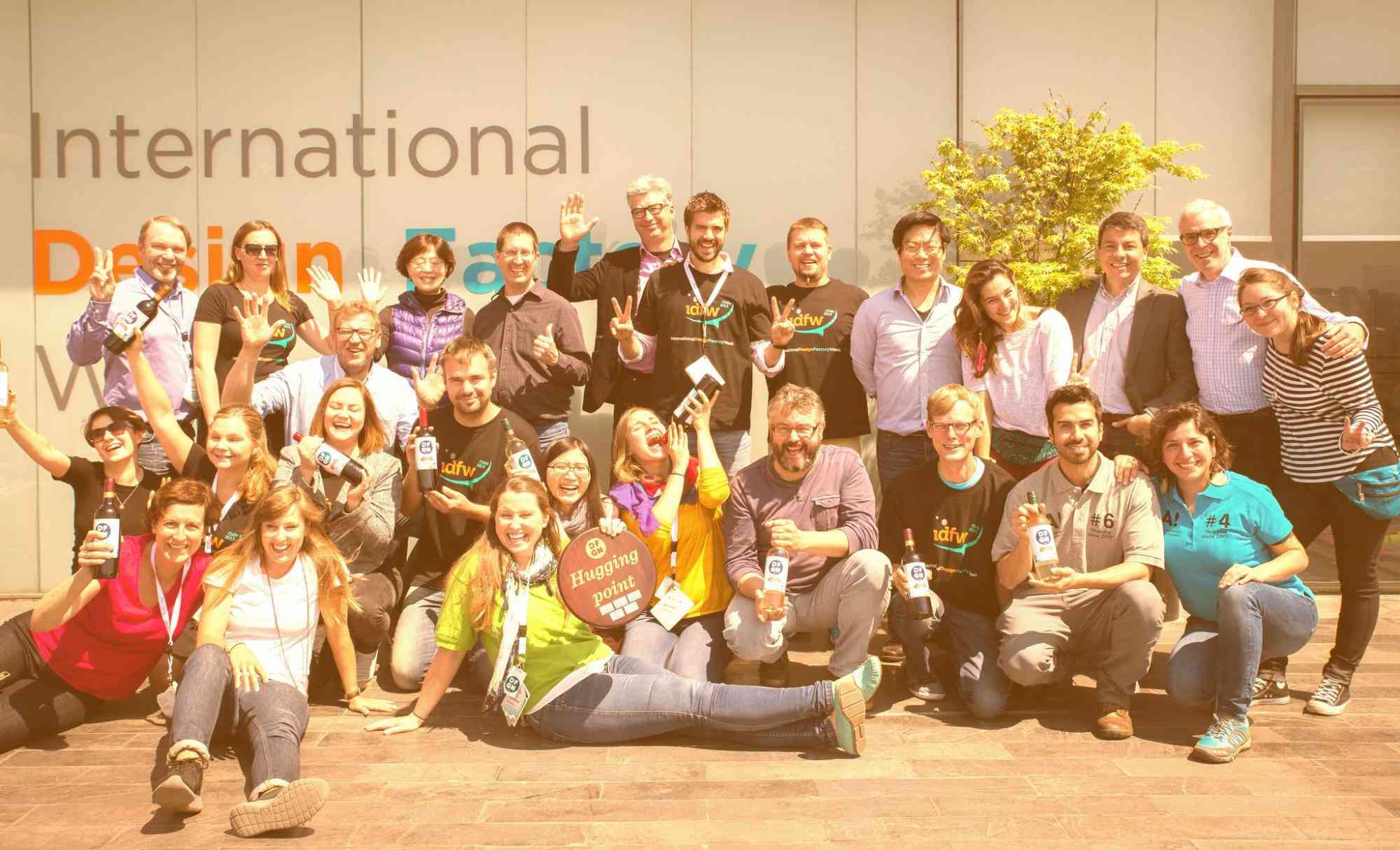Learning to work in multicultural groups and increasing one’s intercultural competence is an important working life skill in the global market. As an international learning center, studying at Aalto University creates many opportunities to learn this skill.
Series part 8: Working in intercultural groups
From Aalto is multicultural, by Carlos Mendoza, Milla Ovaska, and Milja Asikainen
Teachers can enhance students’ learning experience by having the students work in diverse groups, which leads to more innovations, as they provide the team with a wider variety of perspectives, ideas and working methods. As a bonus, students benefit greatly from the social connections made with each other when they go on the job market in Finland or abroad.
In multicultural teams, problems related to communication, different goals and working practices may prevent the team from sharing knowledge and may lead to conflicts. Teachers, therefore, require new kinds of teaching skills and strategies to encourage the integration of multicultural groups and make the most out of the experience.
- Promote diversity in the working groups. This can be done by communicating the opportunities presented by working in diverse groups or by presenting some kind of incentive.
- Explain your own cultural traits
“To understand other cultures it’s essential to understand your own culture. In the Finnish academic environment the flat and informal hierarchies, respecting the privacy and personal space of others, concentrating on tasks rather than relationships are examples of cultural phenomena that many foreign students find new. It’s a good idea to explain Finnish cultural traits rather than assume foreign students know them.” (Aalto is multicultural, Mendoza, Ovaska, and Asikainen)
- Encourage integration through ice-breaking activities. (task-oriented vs. relationship-oriented cultures)
- Make the groups to formulate rules of engagement (set a schedule, goals, means of communication, lingua franca, feedback, division of work, solving problems)
- Making teams assign a leader or leaders within the team
- Communicate clearly your pedagogical views and practices (such as critical thinking vs. memorization), give thorough instructions for assignments and explain learning goals understandably.
- Provide multiple forms of communication and feedback channels, (peer evaluation forms, anonymous feedback, mid-course feedback), and encourage contact with the teacher. Teacher involvement and intervention can help resolve problems in a team.
- Include guidance for academic writing, do not assume all students know it
- Use body language, interaction, and versatile speech patterns, avoid a monotone voice
- Use a variety of pedagogical methods that increase student engagement (such as DBL, group discussions, and digital interaction platform.
And most importantly, create an open and supportive atmosphere for learning and cooperation!
Series Part 1: Introduction to ADF ways of working
Series Part 2: The environment
Series Part 5: The role of the teacher
Series Part 6: Prototyping, Failing and Learning
Series Part 7: The successful student and the role of university education
 Aalto DF
Aalto DF